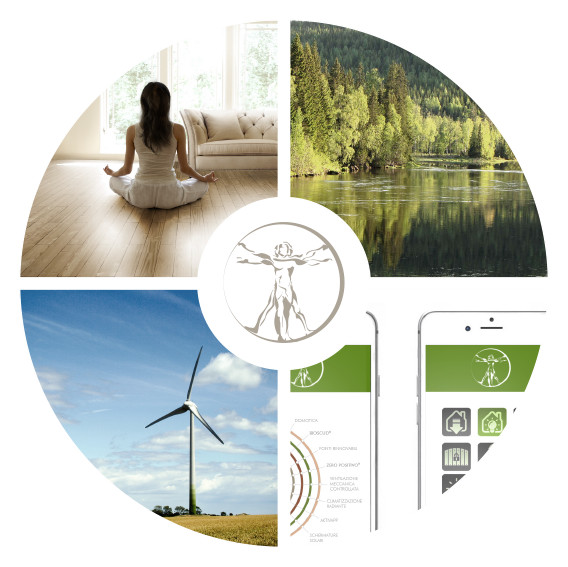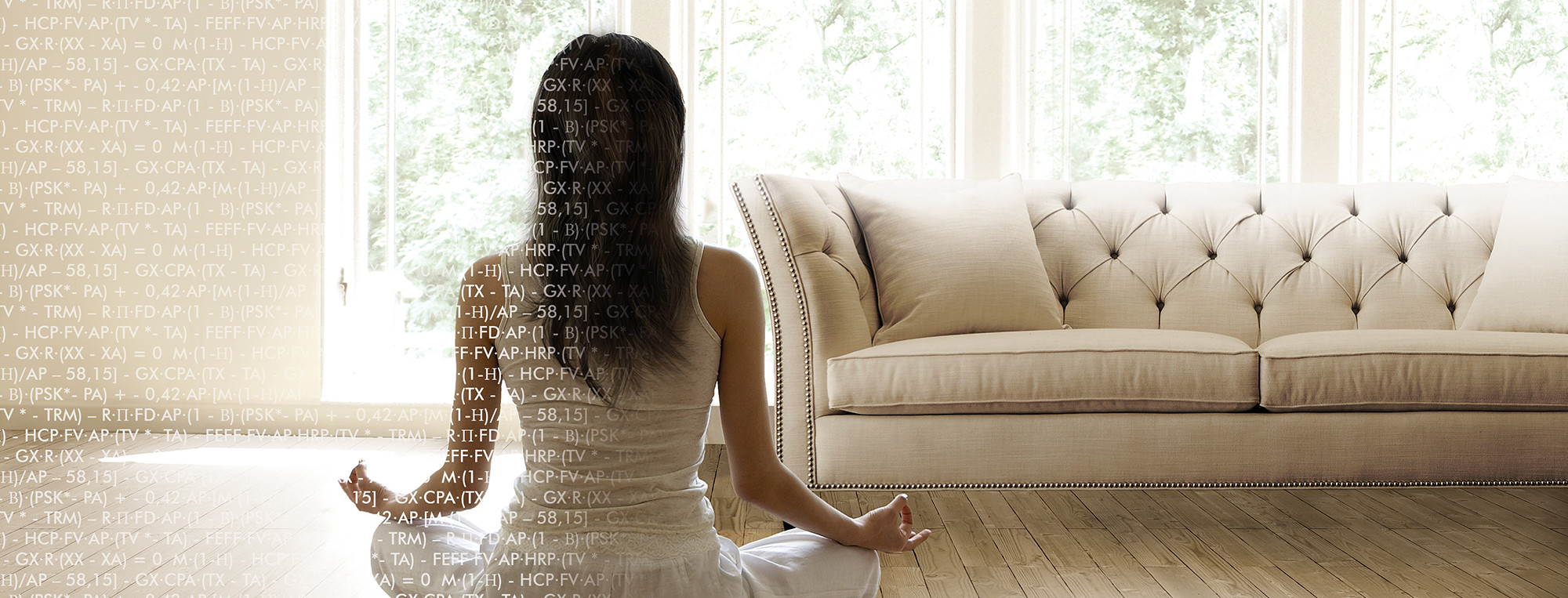Aktivhaus, owned by Nexlogic Srl, which has been producing highly energy efficient eco-friendly buildings for over fifteen years, is a brand synonymous with excellence, expertise and professionalism.

The construction of active and passive buildings and bioclimatic engineering are some of the specialties of Aktivhaus, whose attributes include dynamism, flexibility, ethics and experience.
Aktivhaus satisfies the most stringent market requirements through the integration of innovative construction techniques – such as the use of structural timber – with traditional methods.
Its sole objective is to create green buildings that last over time and are extremely efficient in terms of energy consumption.
It is the perfect solution for those who desire the best while saving energy, time and natural resources.
TRUE, IT’S NOT EASY TO CHANGE THE WORLD. BUT WE LIKE CHALLENGES, SO WE’VE CHANGED THE WAY BUILDING IS DONE.
Quality materials, attention to detail, innovation, technology, respect for nature and customer orientation are some of Aktivhaus’ core principles. The four pillars from which the company began making buildings on a human scale are described below.

DESIGNING WELLNESS THROUGH SCIENCE, TECHNOLOGY AND SENSITIVITY
Temperature, clean air, acoustics and brightness: these sensory perceptions help to determine room comfort and provide a precious state of wellness. Through these objective parameters, Aktivhaus can ensure a very high level of wellness in its buildings, which are designed and built entirely on the basis of scientific principles.
The construction process used for Aktivhaus buildings ensures the attainment of predetermined wellness objectives: this is confirmed by the integration of the residential comfort standards UNI EN ISO 7726, UNI EN ISO 7730 and UNI EN 15251 into its processes.

M·(1-η) - hcp·fv·Ap·(tv *- ta) - feff·fv·Ap·hrp·(tv * - trm) – r·Π·fd·Ap·(1 - β)·(psk*- pa) + - 0,42·Ap·[M·(1-η)/Ap – 58,15] - Gx·cpa·(tx - ta) - Gx·r·(xx - xa) = 0
(Prof. Povl Ole Fanger,1963)
Temperature sensations depend on the activity of the thermoregulatory system, which seeks to achieve a balance between the thermal and mechanical energy produced by biochemical processes inside the human body and exchanges of heat and work between the inside and outside of the body. Aktivhaus adapts the principles that objectively define thermal comfort in the design and construction of its buildings, by designing and regulating technological systems to fully satisfy perceptions of thermal comfort, through the equation of heat balance states in conditions of comfort (comfort equation).










